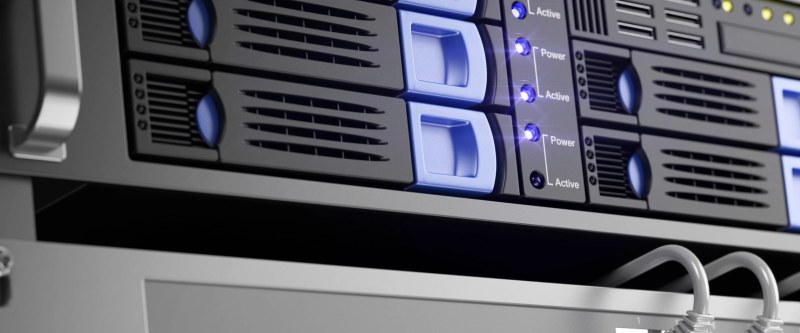Optimizing AI Infrastructure
Artificial Intelligence (AI) has seen exponential growth in complexity and demand, driving a transformation in computational resource management. Lokeshwar Reddy Chilla, a leading expert in AI infrastructure, delves into the latest innovations in GPU optimization, highlighting best practices for scaling AI workloads. His insights into advanced memory management, resource allocation, and automation strategies are revolutionizing enterprise AI deployments.
Advancements in GPU Architecture
Modern GPUs, rapidly evolving to meet the demands of large-scale AI computations, now feature innovative elements like tensor cores that significantly reduce training and inference times. These GPUs leverage parallel multi-core processing to enhance the efficiency of training models on vast datasets.
In addition to raw computational power, modern GPUs integrate specialized memory hierarchies optimized for AI workloads. High-bandwidth memory configurations minimize data transfer bottlenecks, while advanced interconnect technologies enable seamless scaling across multiple devices. Emerging power efficiency technologies allow larger compute clusters to offer denser computation, and the evolution of GPU firmware and drivers supports newer AI frameworks and precision formats.
Language Models and Memory Efficiencies
Memory management is a critical challenge in AI training. Recent advancements in hierarchical memory structures have improved bandwidth and reduced latency. Techniques like dynamic memory scheduling and gradient checkpointing have significantly decreased memory consumption without compromising model performance. These improvements enable AI developers to push the boundaries of large language model training without hardware limitations.
Optimizing Resources for AI key workloads
Optimizing resource allocation is key to maximizing GPU utilization. Modern AI systems now implement elastic resource scheduling, dynamically allocating GPU power based on workload demand. This enhances efficiency, minimizes energy consumption, and reduces operational costs, ensuring that enterprise AI systems remain agile and cost-effective in handling large-scale tasks.
Infrastructure management and the value automation brings
Automation has transformed AI infrastructure management. Applying CI/CD principles to AI pipelines makes scaling seamless, monitoring efficient, and problem resolution proactive. Automated GPU provisioning systems recognize workload patterns and automatically scale resources, minimizing manual overhead and boosting productivity.
Modern automation frameworks prioritize workloads based on business impact and deadlines. Predictive maintenance powered by AI anticipates hardware failures, reducing production downtimes. Cross-platform orchestration tools enable unified global management of heterogeneous computing resources, and automated compliance checking is essential. Infrastructure-as-code methods have democratized high-performance AI computing, intensifying competition for traditional big players.
Accelerating AI with Quantization Techniques
Quantization, which reduces the bit-width of computations, significantly lowers memory requirements while maintaining model accuracy. Hybrid quantization frameworks promise large-scale AI applications with minimal performance degradation, making AI more accessible.
Sophisticated calibration procedures adjust dynamic precision at runtime to optimize computational efficiency and fidelity. Hardware-aware quantization techniques use architecture-driven optimizations to maximize throughput, while specific activation functions for low-precision environments retain critical information pathways.
Advancements in Distributed AI Training
Significant advancements in distributed computing techniques have improved the training of AI models across multiple GPUs. Partitioned model states and data-parallel schemes enable organizations to train trillion-parameter models efficiently, ensuring scalability and high computational efficiency.
The Impact of Intelligent Monitoring Systems
Maintaining AI efficiency requires real-time monitoring of GPU performance. Modern monitoring frameworks track critical parameters like memory utilization, computational load, and thermal behavior. AI analytics predict potential bottlenecks, allowing users to optimize infrastructure preemptively.
Enhancing Energy Efficiency in AI Computing
Sustainability in GPU infrastructure involves effective power and thermal management. Hybrid cooling systems and dynamic power capping mechanisms achieve significant energy savings. AI-driven predictive maintenance minimizes unplanned downtimes, reducing overall computational costs.
The future holds enormous potential for more efficient, scalable, and sustainable AI deployments, driven by rapid advancements in GPU technology and AI infrastructure management. Lokeshwar Reddy Chilla’s expertise in GPU optimization strategies will continue to fuel innovation in AI computing. As enterprises adopt these best practices, new possibilities for AI-powered solutions will emerge across various sectors.
Leave a Comment
You must be logged in to post a comment.
